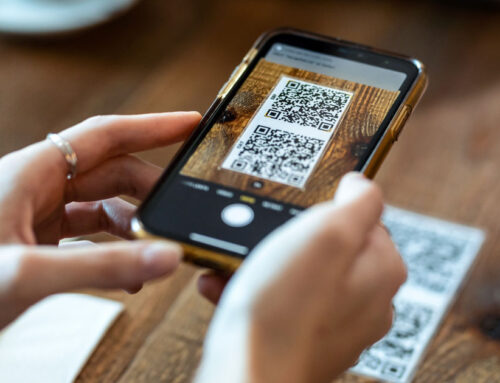
Let’s say a customer just picked up their bike from a tune-up. A day later, something feels “off.” They don’t know if it’s the gear shift, the chain alignment, or just their imagination. So they call the shop. Over the phone, the mechanic asks a few questions, tries to narrow it down, maybe even walks the customer through a few steps. But without seeing the bike, it’s guesswork. If the customer were in the shop, it’d take seconds to spot the issue. But right now, they’re at home, and neither party wants to schedule another visit unless it’s necessary. These small moments play out across industries—furniture assembly, tech support, appliance repair, even creative feedback. The common thread is this: describing physical problems with words alone is hard, slow, and often inaccurate.
Video Calls: Useful, But Not Always Ideal
The natural instinct is to turn to video chat. And in some cases, that works well. But for many people—especially small businesses or older customers—video calls add friction:
-
They require scheduling or availability
-
They rely on steady hands and working cameras
-
They introduce tech hurdles like apps, permissions, and bandwidth
It’s also rare that both sides need live video. Most of the time, what’s needed is much simpler: just show me what you’re looking at.
Visual Support Tools: Simple, Contextual, Effective
This is where tools designed for visual support come in. They’re not replacements for conversations—they’re a better way to ground them.
A customer can upload a photo of the issue and use simple annotations to ask questions, highlight concerns, or point to specific details. The support provider—whether a business, contractor, or friend—can respond in kind. Everyone is looking at the same thing, literally on the same page.
This cuts down on:
-
Miscommunication (“Which bolt are you talking about?”)
-
Time-consuming back-and-forth
-
Unnecessary appointments or escalations
And because platforms like Loookit are browser-based, there’s no need for anyone to install anything. A simple link opens up a shared visual space where questions get answered with clarity.
Where This Matters Most
Visual support isn’t just about efficiency—it’s about access. Here’s where it makes a real difference:
-
Small businesses that want to offer responsive, low-friction support without investing in full-service ticketing or video platforms
-
Tradespeople and contractors who need to give quotes or guidance based on what a client sees
-
Family tech support, where someone’s trying to fix a remote control or change a printer setting
-
Customer service teams working on product troubleshooting, installation, or returns
-
Healthcare or wellness providers offering remote guidance on equipment or treatments
It’s a small but powerful shift—from “Can you describe the problem?” to “Can you show me what you’re seeing?”
A More Human Way to Help
At its core, visual support just feels natural. It mimics how we help in person: by pointing, showing, demonstrating. In a digital world, we’ve lost some of that immediacy—but tools like this bring it back in simple, focused ways. It’s not about replacing conversation. It’s about making communication more grounded, especially when something’s broken, confusing, or uncertain. And as more of our interactions move online—whether by necessity or convenience—it’s worth asking: what if helping someone didn’t have to be so hard to explain?


